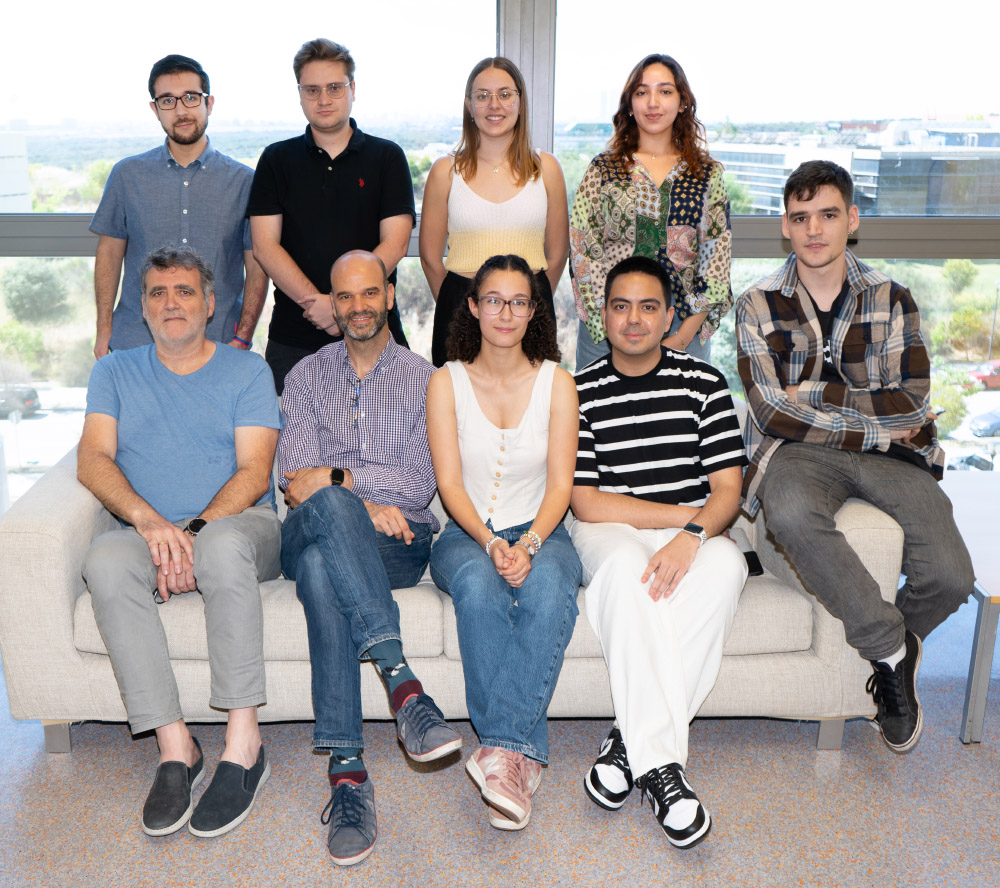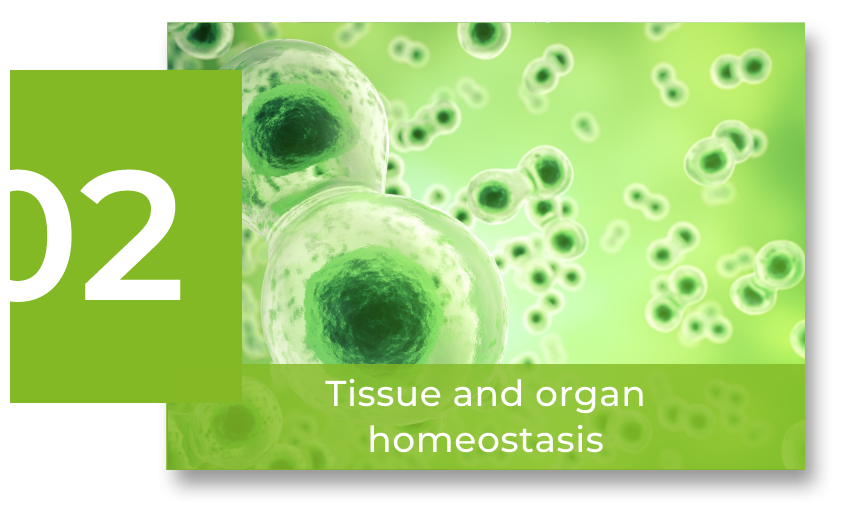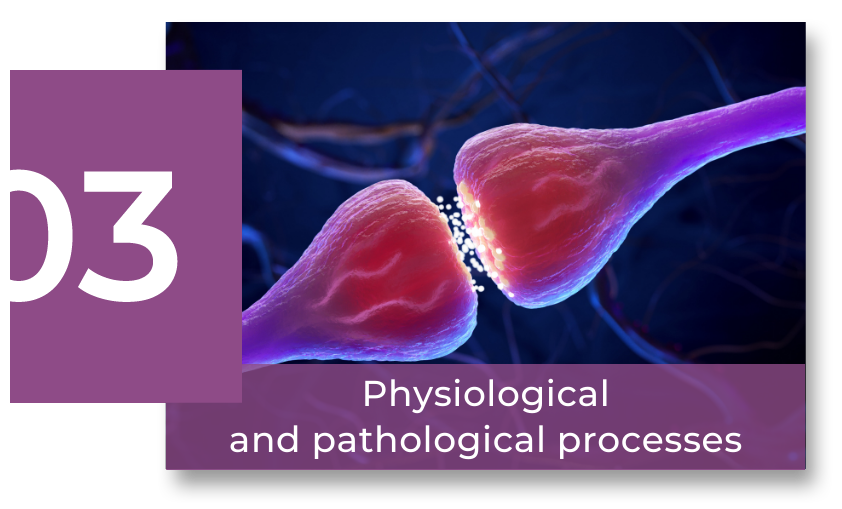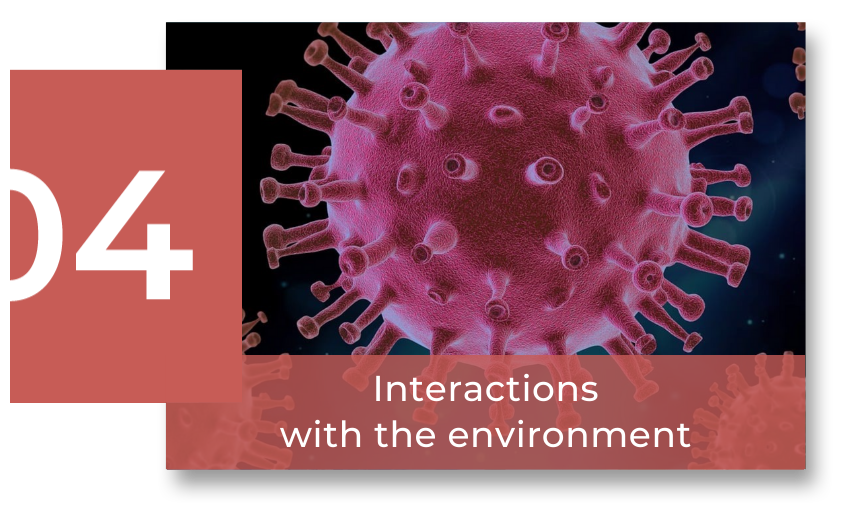Scientific Program
Tissue and organ homeostasis
RESEARCH GROUP
Cellular response to stress and morphogenesis lab.
We study the mechanisms by which cells maintain the balance between their proliferative potential and their susceptibility to be eliminated in order to maintain tissue homeostasis during development and regeneration. Disruptions in this delicate balance can lead to tumors and organ malformations. We use Drosophila as a model due to its genomic conservation to humans and its powerful genetics
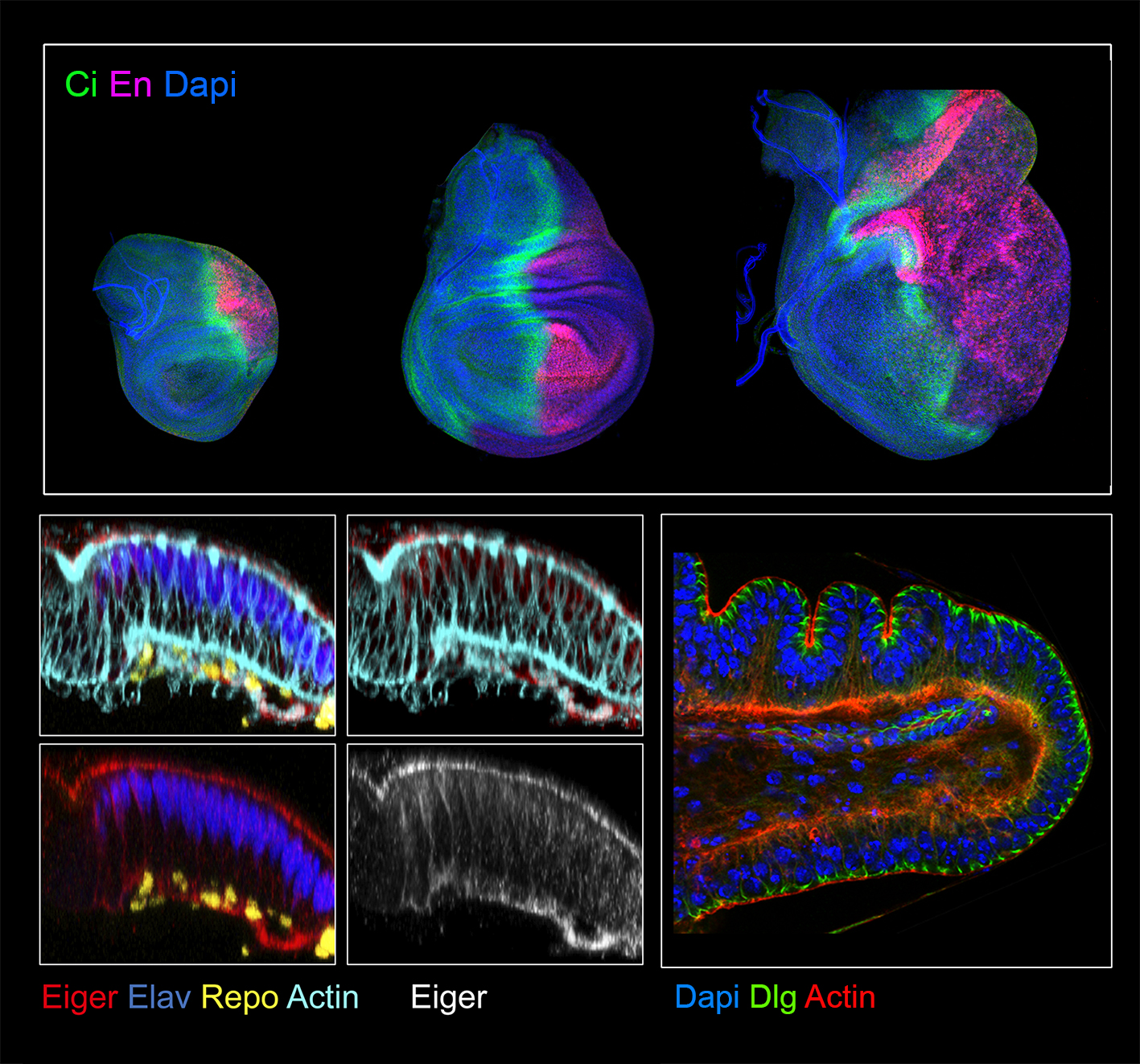
Research
During development, cells must balance their ability to proliferate with their capacity to eliminate defective cells. This equilibrium is essential not only for the preservation of tissue homeostasis but also for the formation of fully functional three-dimensional organs. This becomes particularly important after tissue injury, when organs must compensate for cell loss during the regeneration process. Defects in the precise coordination between cell proliferation and cell death or apoptosis could lead to tumor development and organ malformation.
Our overall goal is to understand how cells respond to different stresses to maintain tissue homeostasis. In addition, we are also interested in the molecular and cellular mechanisms that control cell fate specification and morphogenesis during development. To this end we use Drosophila as a model organism because its genomic conservation (the Drosophila genome is 60% homologous to the human genome) and its powerful genetic tools, which allow us to easily manipulate gene expression, making this organism ideal for modelling human diseases.
Our main objectives are:
1-How do appendages form? We study the molecular and cellular mechanisms that control appendage specification and morphogenesis. At the cellular and molecular level, a small number of signaling pathways, transcription factors and cell behaviors are used reiteratively throughout development to generate a three-dimensional appendage in Drosophila and in vertebrates.
2-Coordination between cell proliferation and apoptosis during tissue homeostasis. The mechanisms that control cell proliferation and apoptosis in response to different types of stress must be tightly coordinated and balanced to maintain genomic integrity and prevent tumor development. Defective cells must be rapidly eliminated to prevent the transmission of mutations and the formation of malignant cells. Understanding the molecular mechanisms that link cell division and cell death is an important question with huge implications for cancer biology.
3-Regeneration mechanisms in the epithelial and nervous system. Regeneration is the ability of some organisms present to repair damaged organs or tissues. This ability varies, not only between different species, but also between different developmental stages of the same organism. One of our goals is to identify the cellular signals that promote and limit the regenerative capacity of an organism during development.
When neural tissue is damaged, a regenerative response is induced to preserve the structural integrity and function of the nervous system. This regenerative response is largely mediated by glial cells. We are investigating the genetic and molecular mechanisms that control the glial response after injury.
Group members

María Paloma Martín Fernández
Lab.: 424 Ext.: 4700
mpmartin(at)cbm.csic.es

Antonio Baonza Cuenca
Lab.: 424 Ext.: 4676
abaonza(at)cbm.csic.es

Carlos Estella Sagrado
Lab.: 424 Ext.: 4402
cestella(at)cbm.csic.es

Gonzalo García Girón
Lab.: 424 Ext.: 4676

César Castellanos Aguilar
Lab.: 424 Ext.: 4436
cesar.castellanos(at)cbm.csic.es

Inés Kelleher López
Lab.: 424 Ext.: 4436
ikelleher(at)cbm.csic.es
Selected publications
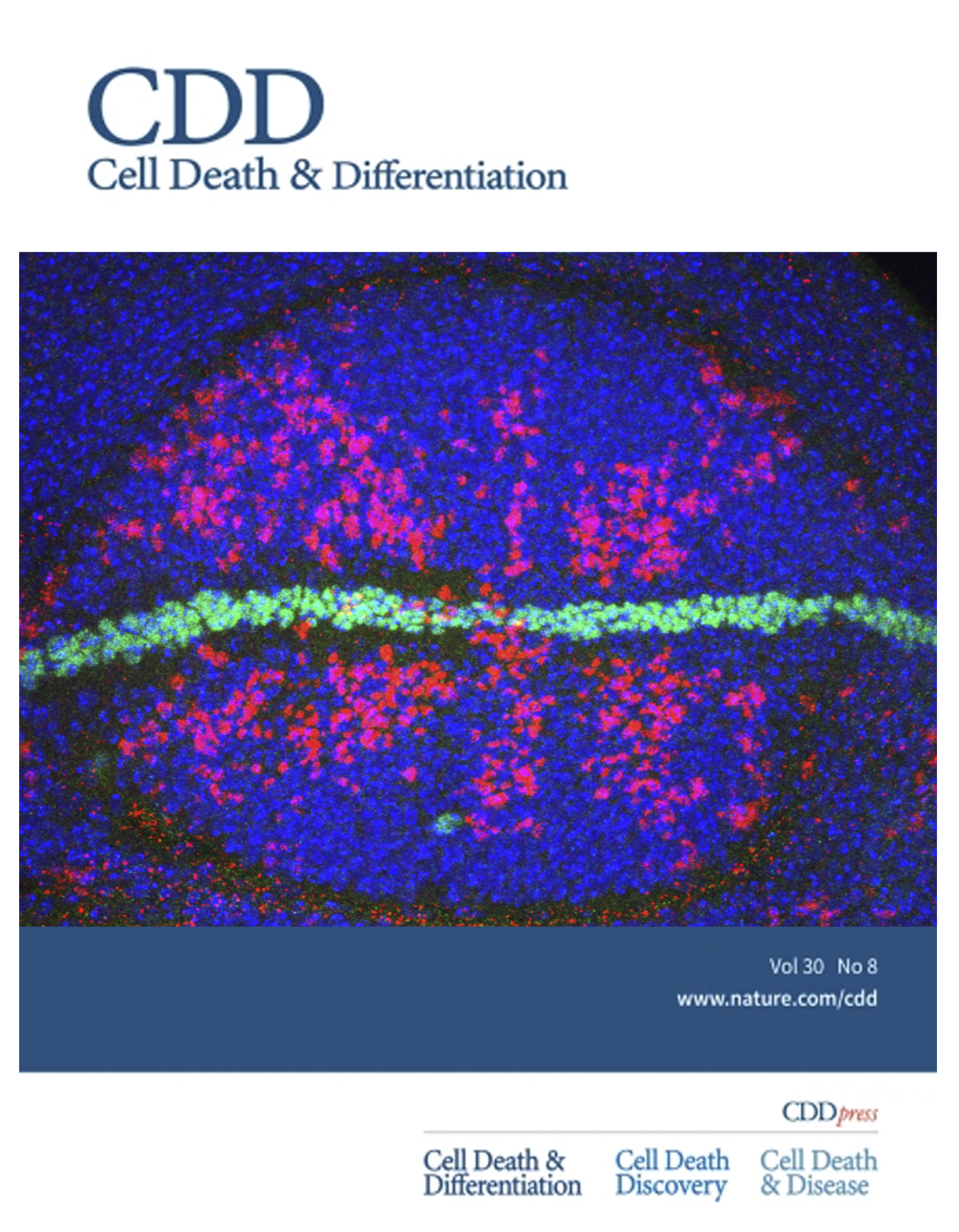
Coordination between cell proliferation and apoptosis after DNA damage in Drosophila
Mireya Ruiz-Losada et al.
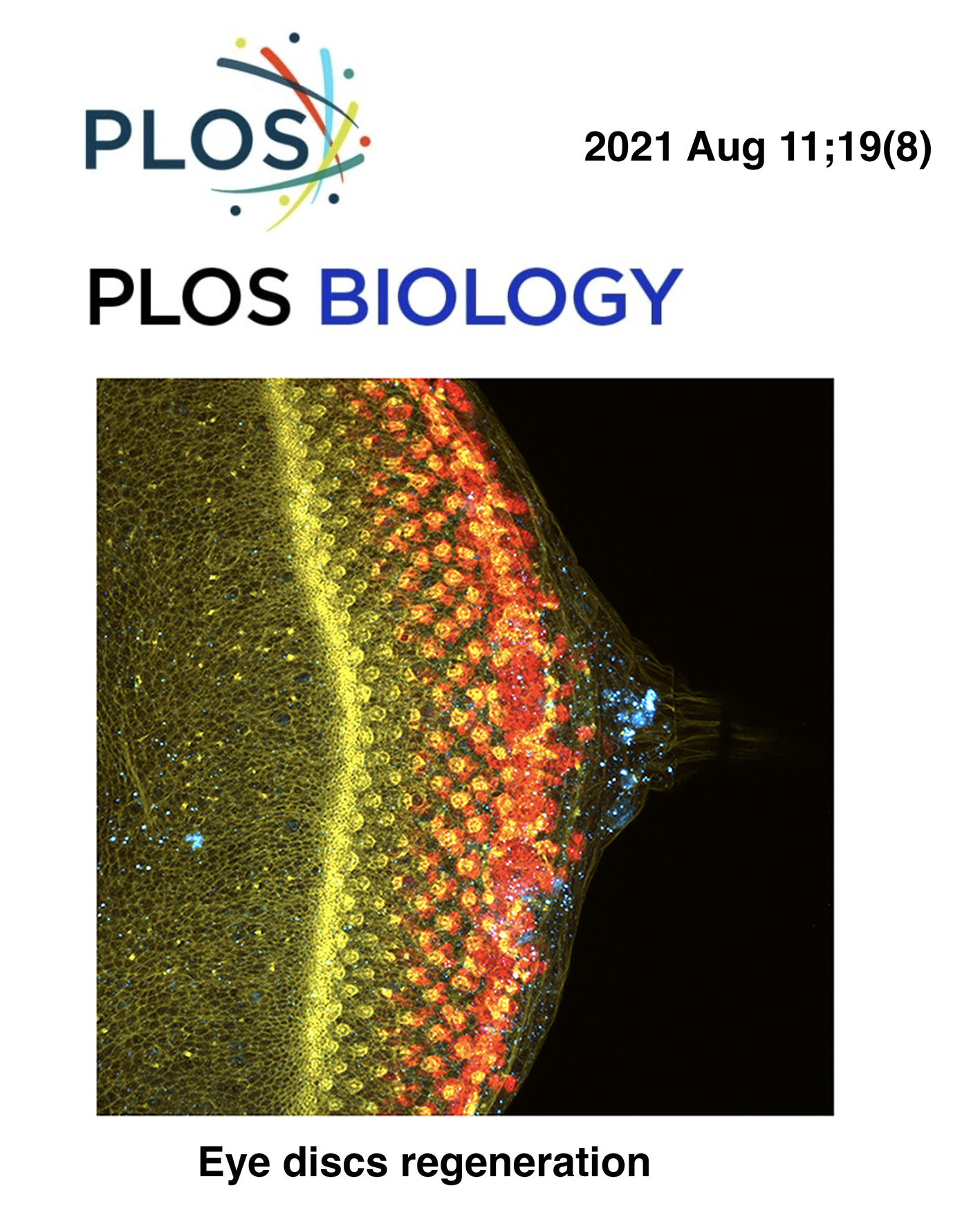
Dpp and Hedgehog promote the glial response to neuronal apoptosis in the developing Drosophila visual system
Sergio B et al.
Origins and Specification of the Drosophila Wing
David Requena et al.
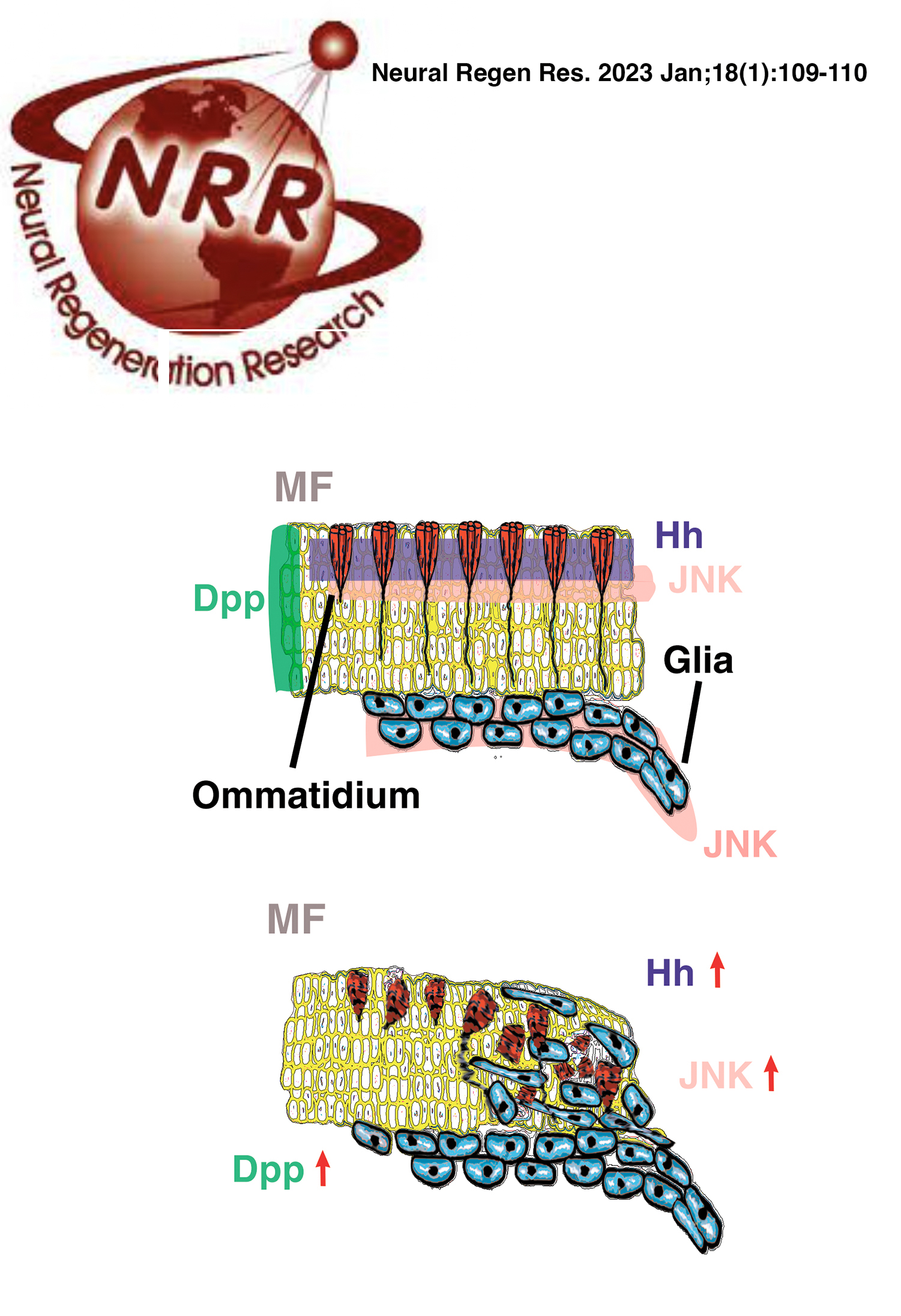
Glial regenerative response in the imaginal discs of Drosophila melanogaster
Sergio B. Velarde et al.

